4) 6...b5 7. B b3 d6 8.c3 0-0 9.h3 N b8 10.d4 N bd7 11. N bd2 c5
4.1: 12th move sidelines
1.e4 e5 2. N f3 N c6 3. B b5 a6 4. B a4 N f6 5.0-0 B e7 6. R e1 b5 7. B b3 d6 8.c3 0-0 9.h3 N b8
Position after: 9... N b8
This is not the sideline yet. On the contrary, Black invites White to the Breyer Variation which is one of the most celebrated variations in the Ruy Lopez.
10.d4 N bd7 11. N bd2 c5
But this is a sideline that I recommend. A further transposition into the main Breyer is possible, but not necessary. Blacks idea is to keep the bishop on c8 as long as possible. I personally dont like positions where I develop the bishop on b7 and my opponent restricts its activity with d4-d5, c3-c4 moves.
In order to illustrate my point, lets refer to the following well-known position in the Breyer: 11... B b7 12. B c2 R e8 13. N f1 B f8 14. N g3 g6 15.a4 c5 16.d5
Position after: 16.d5
The b7-bishop is restricted and often has to go back to the c8-square. I dont know how to explain it, but it simply hurts my eyes to see the bishop so passive and dominated by the white pawns! To give the full picture, this position has appeared in more than 2500 games and many strong grandmasters opted for it as Black. So this is just my personal distaste for this sort of position. Perhaps, it is also influenced by the fact that this is still the beginning of the theory!
Position after: 11...c5
12. B c2
This is an interesting possibility, with the idea of b2-b4.
The advantage of keeping our bishop on c8 can be illustrated by the following variation: 12.d5
Position after: 12.d5
I find this move is somewhat dubious because it releases the tension from the center prematurely, thus facilitating Blacks ...f7-f5 idea. Therefore, the black light-squared bishop no longer needs to be developed on b7. 12...c4 13. B c2 Q c7
Position after: 13... Q c7
14.a4 [ 14. N f1 a5 15. N g3 N c5 16.b3 cxb3 17.axb3 B d7! 18. B e3 R fc8 19. Q d2 a4! and Black was better in Dai, C (2427) Kramnik, V (2803) Tbilisi 2017] 14... R b8 15. N f1 N c5 16.axb5 axb5 17. B d2
Position after: 17. B d2
17... N fd7! As I indicated earlier, Blacks plan is to blow up the white center with ...f7-f5. Hence, we need to move our f6-knight somewhere. Sometimes, Black plays ... N f6-e8, ...g7-g6 and ... N e8-g7. However, here Black has an even better square for the knight: b6. From there, the knight will both attack the d5-pawn (after previously playing ... f7-f5) and close the a-file, if necessary, with ... N b6-a4. 18. N g3 N b6 19. N h2
Position after: 19. N h2
White clearly wants to play f2-f4, which we want to prevent for now. 19... B h4 Preventing f2-f4 and preparing ... B h4xg3 followed by ...f7-f5! 20. N hf1 Q d8 21. N e3 g6 22. R f1 B g5 23. N e2
Position after: 23. N e2
23... R b7!? Our bishop on c8 is already developed. So what other piece isnt playing yet? The b8-rook! Blacks idea is to relocate the rook to the kingside after playing ...f7-f5. 24. K h2 N d3 25. B xd3 cxd3 26. N c1 f5! Finally! 27.f3 B f4+ 28.g3 B xg3+ 29. K xg3 f4+ 30. K h2 fxe3 31. B xe3 N c4 32. Q e1 R bf7 33.b3 Q d7!+
Position after: 33... Q d7! +
Please pay attention to the c8-bishop that was crucial in the success of Blacks kingside attack, but never actually made a move! Sadzikowski, D (2551) Ipatov, A (2657) Izmir 2016.
12... R e8
A) 12...cxd4 is a typical idea, but here it is not as good as in other variations. 13.cxd4 exd4 14. N xd4 B b7 15.a4!
Position after: 15.a4!
White is seizing the initiative. 15...b4 16. N f5 R c8 17. N f1 N c5 18. N 1g3 R e8 19. B g5 Leko, P (2679) Panchanathan, M (2481) Douglas 2017.
B) 12... B b7 transposes into the main Breyer, which we dont want.
13. N f1
13.b4 exd4 14.cxd4 cxd4 15. B b2
Position after: 15. B b2
15...d3! This is an idea to remember. Black forces B c2xd3 in order to gain an important tempo with ... N d7-e5. 16. B xd3 N e5 17. B f1 Q b6 18.a3 [ 18. B d4 Q b8! ] 18... B b7 19. B d4 Q d8 20. N xe5 dxe5 21. B xe5
Position after: 21. B xe5
21... B f8! 22. B b2 N xe4 23. N xe4 B xe4 24. Q g4 B c2=
13... B f8
Position after: 13... B f8
14.dxe5
14. N g3 transposes into 12. N f1 R e8 13. N g3 B f8 14. B c2, which will be covered later.
14...dxe5 15.c4!? B b7 16. Q e2 Q b6 17. R d1
Position after: 17. R d1
17... R ad8!? N
A) 17...h6? 18. N e3! g6 19.a4 bxc4 20. N xc4 Q c7 21. B d2 R ab8 22. B a5+ Hansen, L (2106) Nixon, R corr. 2011.
B) 17... N b8?! 18. B g5! N h5 [ 18... N c6 19. B xf6 gxf6 20. N e3 ] 19. N xe5! R xe5 20. Q xh5 h6 21.f4
18.a4 b4 19.a5 Q c7
Position after: 19... Q c7
20. B g5
After 20. N e3 Black may capture the e4-pawn with 20... N xe4 21. N d5 B xd5 22.cxd5 N d6 23. Q xa6 e4! with very good counterplay. White has the outside passed a-pawn, but it is not an endgame yet!
20...h6 21. B h4 g5 22. B g3 N h5
Next page

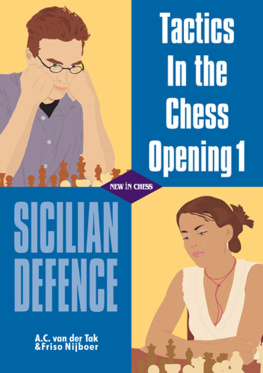
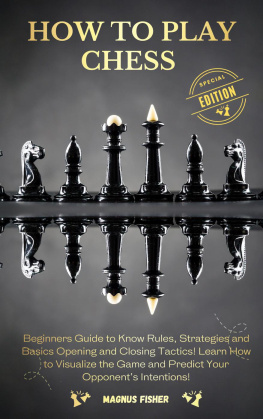
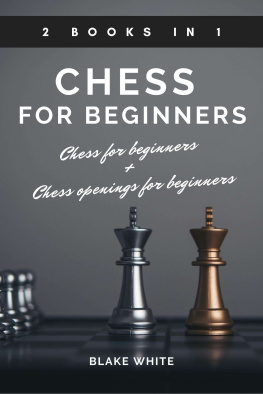
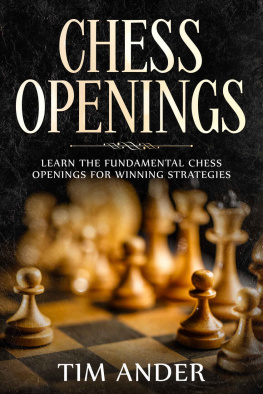
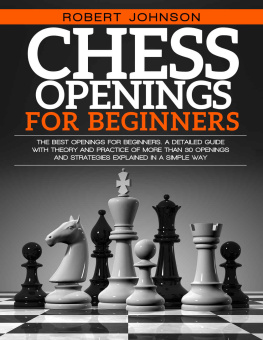
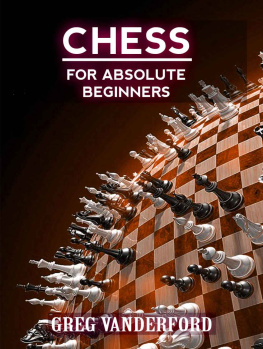
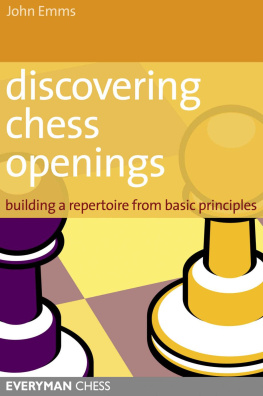

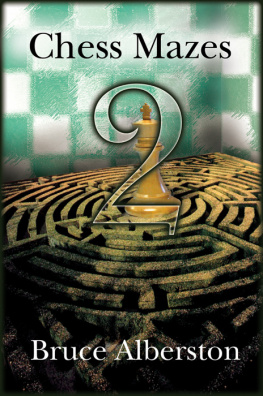
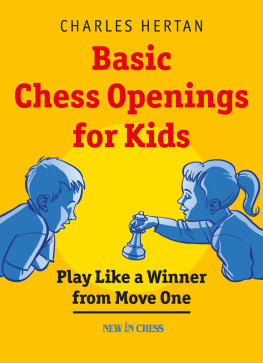
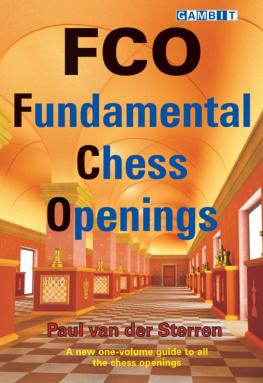
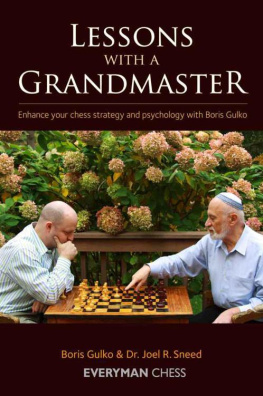
_converted_1.png)
_converted_2.png)
_converted_3.png)
_converted_4.png)
_converted_5.png)
_converted_6.png)
_converted_7.png)
_converted_8.png)
_converted_9.png)
_converted_10.png)
_converted_11.png)
_converted_12.png)
_converted_13.png)
_converted_14.png)
_converted_15.png)
_converted_16.png)